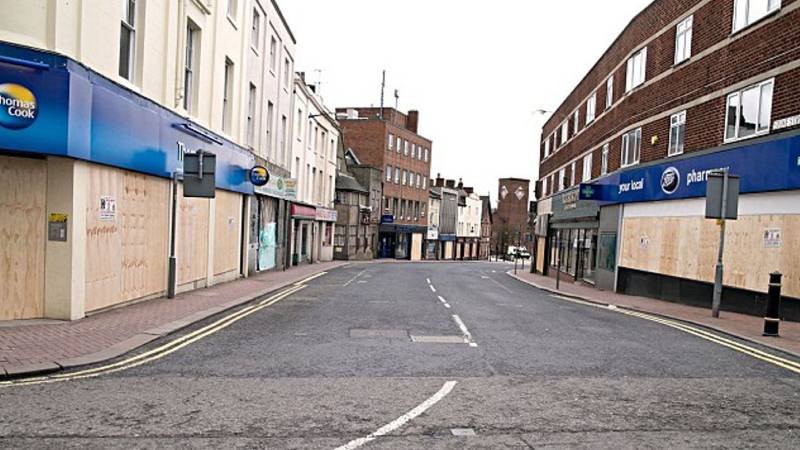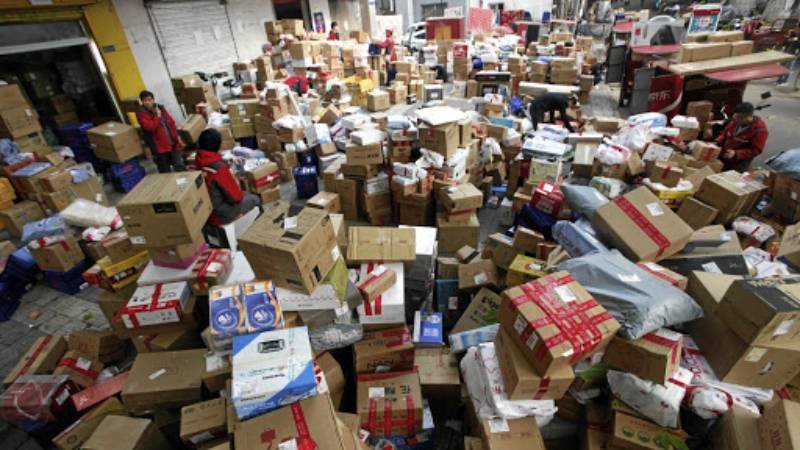The demise of the high street has been a hot topic for a number of years now, however its rather apparent that the problem, has far from gone away.
With the upcoming, Delivery Conference Global (MetaPack) almost upon us, I thought it would be as good as time as any to discuss.
In the week that Beales, one of Britain’s oldest department stores, has gone into administration, closing all 22 of its stores and in the month that Game has announced the closure of 40 stores, Debenhams a further 19 and Arcadia Group a further 10, it’s safe to say, the high street is in a crisis!
All this follows the year in which we lost a true staple of the high street in Mothercare and their 79 stores, as well as Bathstore (albeit bought out of administration by Homebase, who still closed stores), Bonmarché, Clintons, Jack Wills (bought by Sports Direct) and Karen Millen.
In fact, it’s reported by the Centre for Retail Research, that we lost some 16,073 stores in total from our high streets, in 2019 alone.
Whilst we’d love to say that we have turned a corner, that the green shoots of recovery are truly visible, it’s actually predicted to get worse throughout 2020.
“more than 17,000 UK shops are expected to close in 2020 in what’s forecast to be another tough year for UK retailers” – Internet Retailing (source, Centre for Retail Research)
So, what can be done to help stem the demise, to help return the footfall to our once bustling high streets?
With the government pledging to invest £1bn into their ‘Future Streets Fund’ back in August 2019, as part of their wider pledge to invest £3.6bn (total) into their ‘Towns Fund’ (July 2019), it’s great that it has the government’s attention, but how will that money be spent?
Well, on the 30th December 19, Communities Secretary, Robert Jenrick announced the first 14 town centres, that are to receive up to £25m worth of training, face to face support and access to the government’s research, to help small businesses.
Personally, I’m rather pessimistic as to how much of a difference this will actually make, however, the government have also pledged to cut small retailers’ business rates by 50% from April, which for me, will make much more of a difference.
When speaking to the retailers themselves, both business rates and ‘excessive’ rental charges are generally top of their ‘most challenging’ list, so this will clearly help. However, 50% is a massive number, so how could that be funded?
Now I’m not going to be popular here with my ‘pure play’ (online only) friends and customers, but there is clearly a disparity when it comes to business rates, between ‘online’ and the high street.
When you then couple that with ‘higher’ labour costs and ‘expensive’ rental charges, you can understand the challenges as faced by the high street.
A modest increase in eCommerce business rates, to offset against the bricks & mortar rates, would certainly go some way to help bridge the gap.
When speaking to the actual consumers, the most common response that we hear, is that of parking charges.
Of course it’s far easier to drive out of town, to park for free in one of the many available spaces, in one of the many ‘out of town’ retail parks, so there is clearly substance to the argument, however, town centre car parks are rarely operated by the local boroughs these days, as opposed to sublet to private parking firms.
Also, the councils and shopping centres are reliant on the revenues that these charges generate, to help maintain the actual town & shopping centres that they serve.
There is then the environmental impact of driving into our town centres.
“Brighton city centre could be car free by 2023 after Brighton and Hove City Council voted to commission a report into how the policy might work.” BBC News
With this is mind, I would suggest that those councils and shopping centres, could incentivise shoppers in with refunded public transport costs (up to a certain value of course), when spending over a certain amount within those shops, with the cost removed from the purchase.
Ultimately, what we are looking to achieve, is to get people back into the town centres, on to the high streets and spending, so how?
Well let’s start by giving them a reason to.
Barbers, hairdressers, doctors, opticians, all services that you cannot buy online, that we need to go to.
Then add in your ‘social hang outs’, your Costa’s, Starbucks and your independents. When do you ever see an empty Costa?
Add a sprinkle of grocery convenience in Tesco Express, Sainsbury’s Local and again, your independents and we start to make the high street a little more sticky.
One less than a traditional high street retailer that we see popping up all over the country, is The Gym Group or PureGym, who are making the most of the many available units. Again, a service that is inviting us back to the high street.
However, overall of the above, the greatest opportunity to revive the town centres up and down the country is to house people back there.
When I visit our thriving city centres, the likes of London, Manchester, Leeds etc… you cannot turn a corner without seeing a new build, high rise block of modern living, full of young professionals.
It’s therefore little surprise that the cities are flourishing, whereas the towns are.. yes, you guessed it.
With 22 Beales department stores seemingly available, why not look at converting these to residential blocks, of modern town centre living.
Then there are all the half-empty stock rooms, above the ‘struggling’ retail units beneath, all the way along the high street.
Again, with all the advances in retail stock management systems, there is no longer the need to send 10 of every size and stock what’s not selling.
Lets, therefore, look at converting these stock rooms also, to residential units and fill them people and not products, who you never know, may just pop downstairs to buy their product!





Leave A Comment